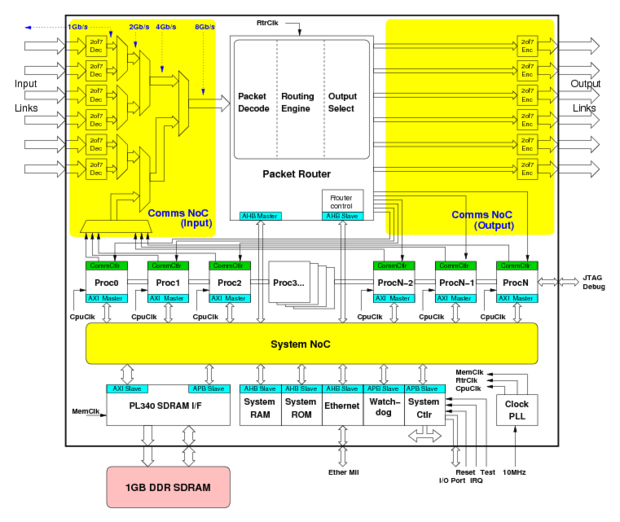A partnership between several Uk universities aims to be a part of the human brain to simulate it. For this purpose, specially-designed ARM chips used, which neurons and their signals to simulate.
Four universities, Manchester, Southampton, Cambridge and Sheffield, working together on the project that SpiNNaker is called. The name is an acronym for Spiking Neural Network Architecture and the project aims to neurons and their signals to simulate. The ARM chips that for the project to be used, were at the university of Manchester and designed by the Taiwanese United Microelectronics Corperation. The chips consist of eighteen to twenty ARM cores, and a 130nm cmos process manufactured.
The ARM cores have 55 blocks sram of 32KB and are combined with 1 gb memory chips into a bga-soc. The SpiNNaker project is currently running on limited capacity, but during the next half year. Finally, there must be about a million cores are used for one part, about one percent of the human brain to simulate it. Each core should be approximately a thousand neurons to simulate each neuron must be in virtual contact with about a thousand other neurons.
The cores operate as a massively parallel computer that the electrical signals, or spikes, from neurons to simulate. The spikes will be by means of data packets represented by the simulated neurons processed. That should give an insight into the way the brain processes information. According to the project manager of SpiNNaker, professor Steve Furber, requires the system with a million cores approximately 50 to 100 kilowatts.

